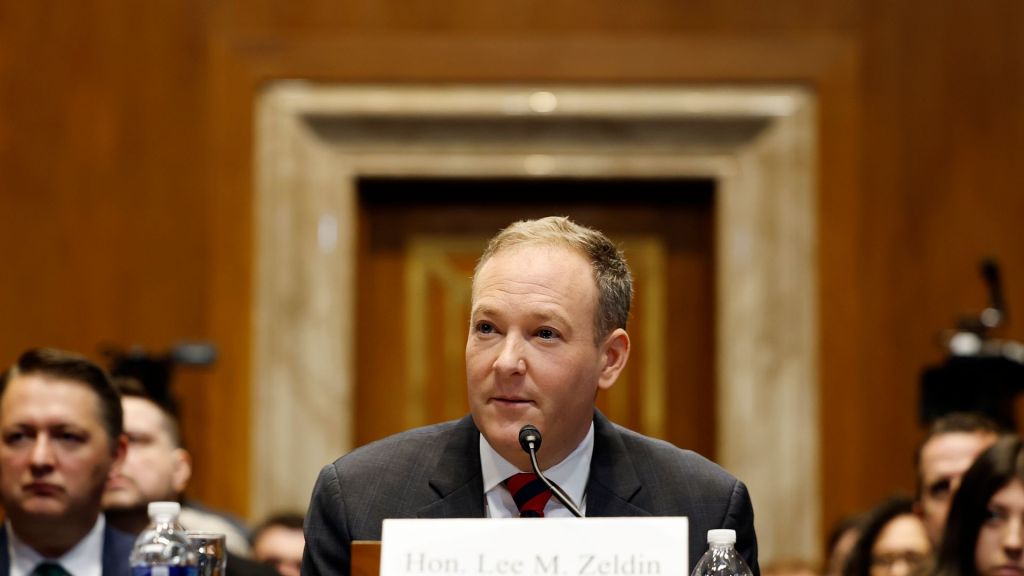
How much would you pay for a single tweet or a viral meme?
Hundreds? Millions?
Welcome to the world of NFTs.
Let Me Explain.
NFT stands for Non-Fungible Token. Which if you’re new the world of cryptocurrency, probably doesn’t mean much. So lets break it down even more.
When an item is fungible, it can be exchanged or replaced…like a dollar for another dollar. But NFT’s are non-fungible meaning the items and their values are unique…similar to rare trading cards.
That’s the first part. The T, or token, represents things like streamed videos, digital artwork, or social media posts. Virtually anything…virtual.
Still with me?
Non Fungible Tokens are what they are…but here’s what they do:
NFTs were created to identify ownership of online assets. Basically the deed to a virtual collector’s item.
While NFTs exist mostly in cyberspace, their pricetags are gaining real world attention. This video by digital artist ‘Beeple’ sold for 69 million dollars.
The very first tweet? A mere $2.5 million.
At this point, you’re probably wondering, ‘who would pay that?’. Right? But experts say there can be long-term value in NFTs. In addition to bragging rights, non-fungible tokens create clear ownership of digital files. And those files can continue to be re-sold for profit.
Most tokens are bought with cryptocurrency, though some websites do take cold hard cash…if you have enough of it.
But before you start investing in virtual real estate, you should be aware of what’s *not included in the purchase. NFTs don’t offer copyright protection. So even if you purchase the Mona Lisa of the internet world, just like the real life Da Vinci, anyone can still view, copy, or photograph it.
There you have it…the world of NFT.
Did I explain it well enough? Let me know in the comments below.






